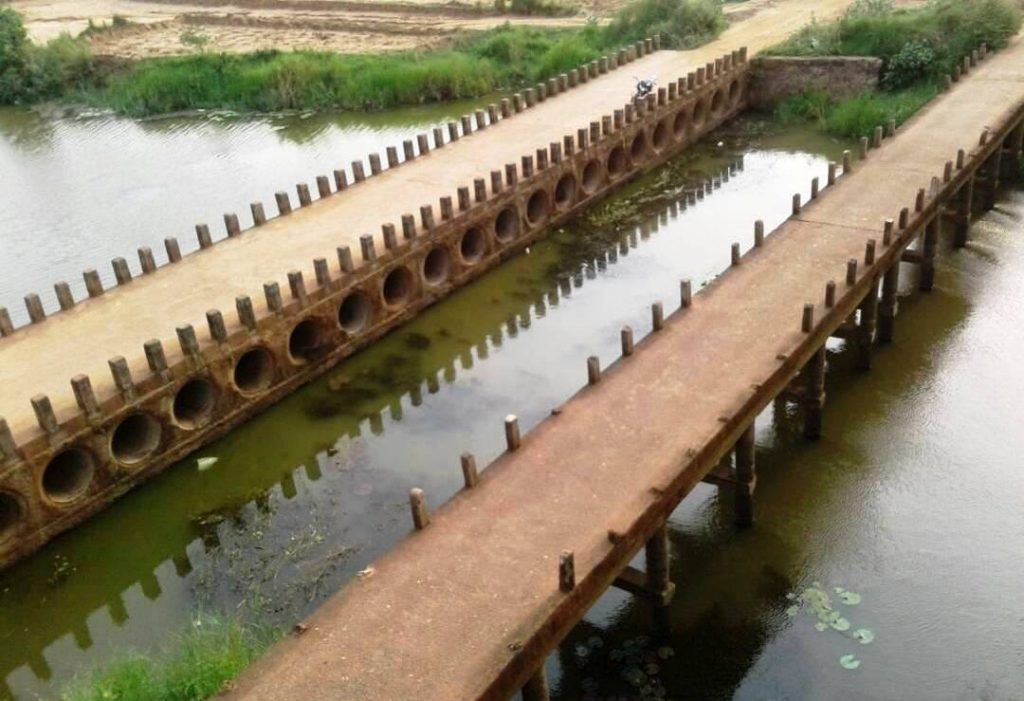Jajpur: Taking a serious note of growing pollution of the water of the Brahmani river in Jajpur, the High Court had directed the state government to set up common effluent treatment plants (CETPs) by the industrial units operating on along the river banks, but the order has not been implemented till date, a report said.
The NGT has also issued a similar order on an appeal (593/2017) and based on a writ petition (375/2012) filed in Supreme Court. Despite all this, the government sits pretty cool over the issue.
The report added that in the absence of CETPs, the water of Brahmani is getting polluted with the effluents being discharged from the industrial units in Kalinganagar. People and domestic animals of Danagadi, Korei, Rasulpur, Jajpur, Binjharpur and Bari blocks have to bear the brunt of polluted water when they are using the polluted water.
The river water is allegedly unfit for human consumption and has affected the lives and livelihood of people in these riparian pockets.
The industrial units and mines have violated the orders of HC, SC and the National Green Tribunal by not setting up CETPs.
The Brahmani with a 480-km course originates from the confluence of Koel and Sankha rivers at Panposh near Rourkela in Sundargargh district and flows through parts of Sundargarh, Deogarh, Angul, Cuttack, Jajpur and Kendrapara districts before merging with the Bay of Bengal at Dhamra under Chandbali in Bhadrak district. At Jenapur in Jajpur, the Brahamani has branched itself into two parts as Brahmani and Kharashrota.
In the upstream area, the river water is also polluted by effluents from industrial units in Angul and Rourkela.
Upset over continued pollution of the river water, people had staged agitations in the past while a PIL was filed in the High Court.
Hearing the PIL August 28, 2015, the HC had issued notices to the Chief Secretary and secretaries of industry, mines, water resources, forest and environment departments, chairpersons of state and central pollution control boards as well as the Collectors of Jharsuguda, Jajpur, Keonjhar and the ADM of Talcher.
The High Court also directed the authorities concerned to ensure that CETPs are installed by industrial units on demarcated areas on the riverbank so that the water of Brahmani and its distributary will not polluted.
Later, water samples of the Brahmani and the Kharashrota were collected at Kabatabandh, Jokadia bridge, Deulakana, Kusunpur Bridge, Marthapur and Tisco Intake point and Ganda nullah December 29, 2015. The laboratory tests found presence of highly toxic chemicals like cyanide and phenolic compound.
The National Green Tribunal took up hearing of the issue September 20, 2018 and ordered formation of a five-member committee under the chairmanship of the forest and environment secretary. It also wanted an action plan to tackle the river water pollution.
The CPCB had then directed the SPCB to form a five-member committee but the order is yet to be implemented while at least 10 industrial units are allegedly releasing toxic elements into the water of Brahmani and Kharashota without treating their effluents.
As for the water pollution issue, regional officer of the SPCB Pramod Kumar Behera said following the orders of the higher authorities, steps are being taken in this direction. However, he said he has no orders regarding the CETP issue.
PNN
